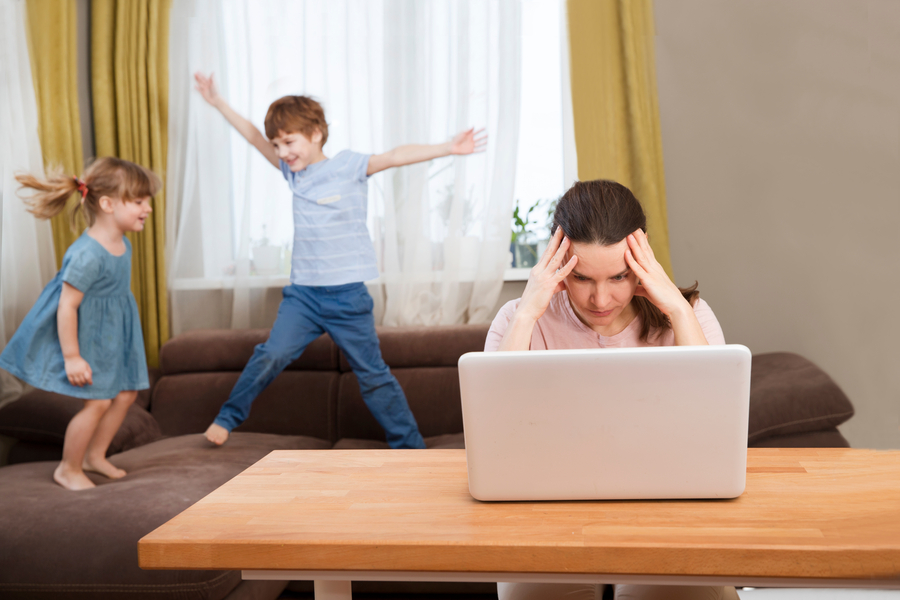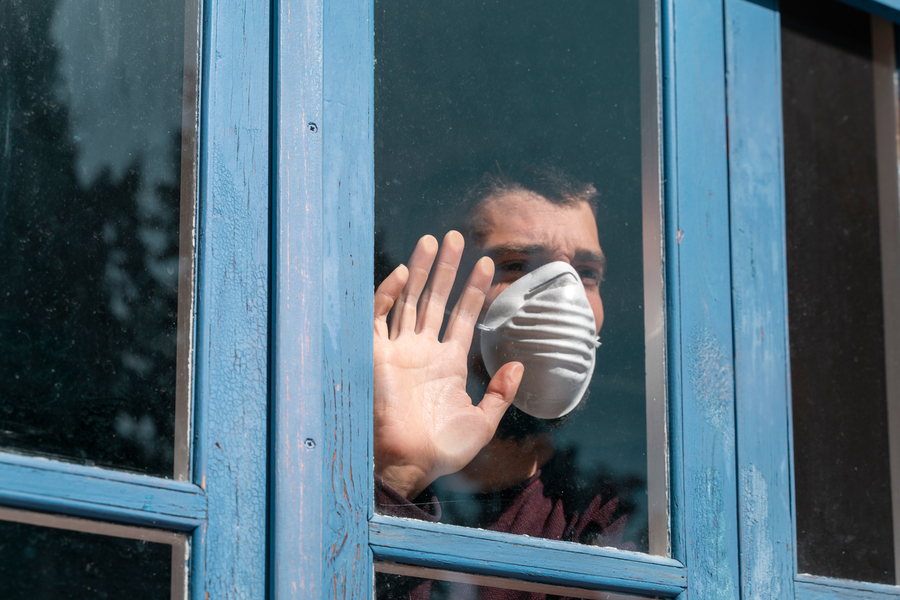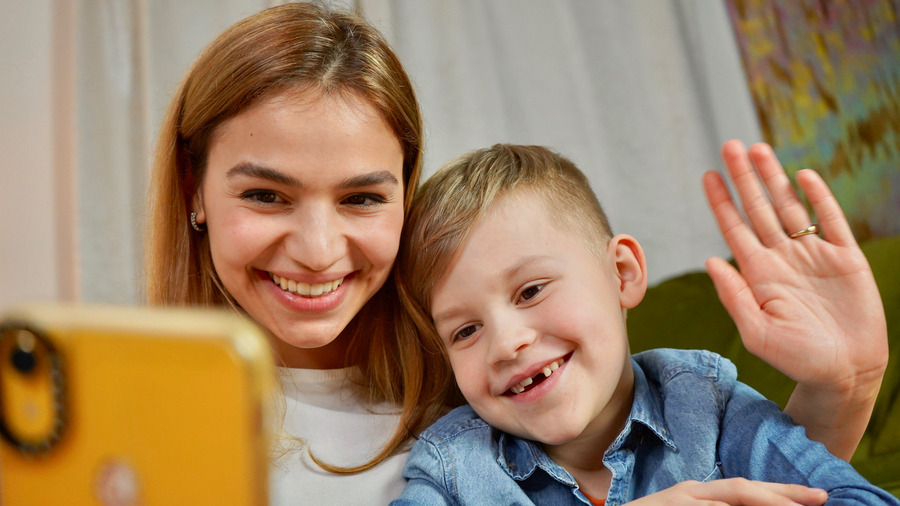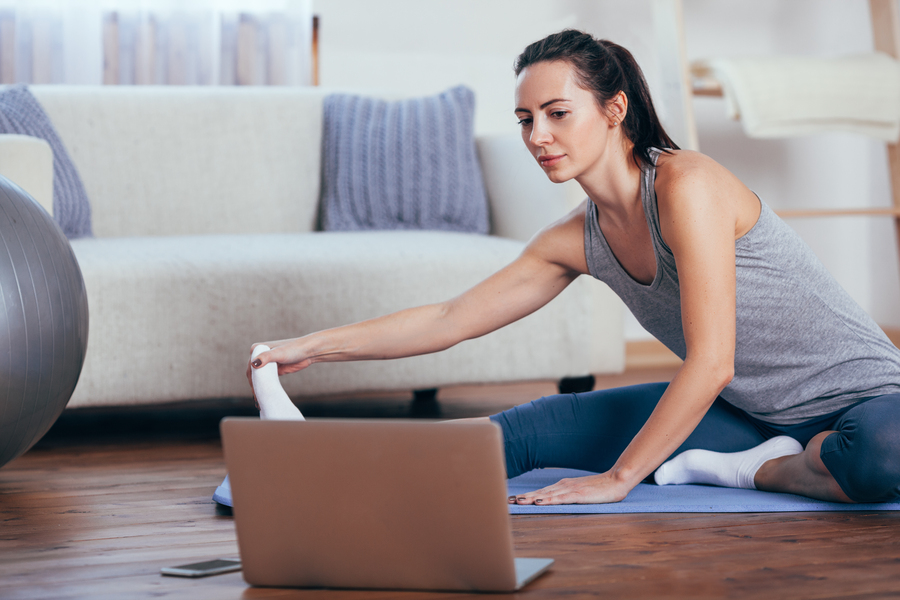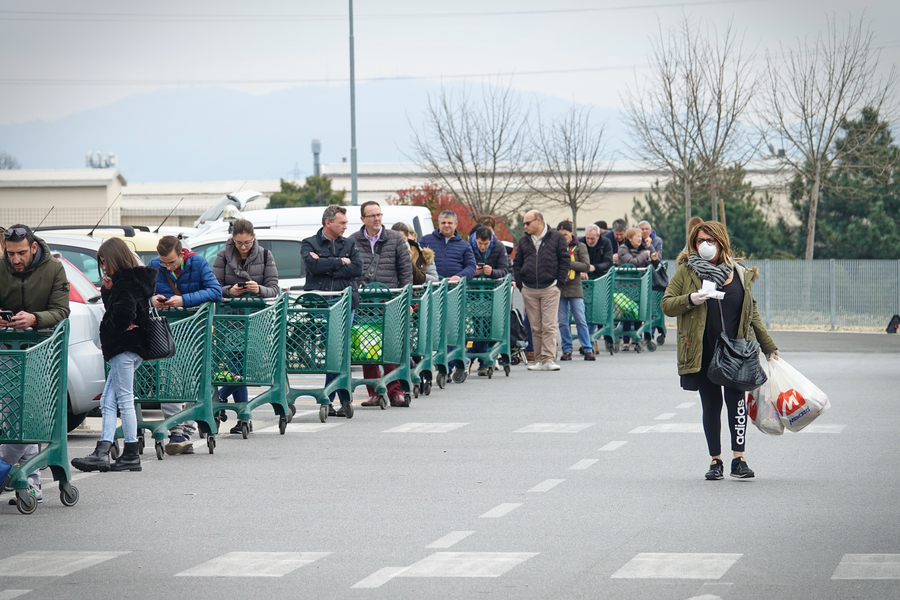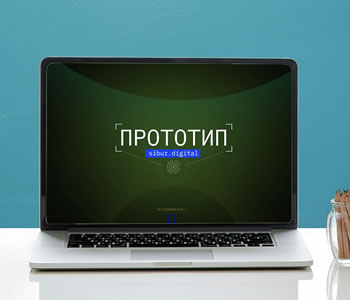It’s been one week since my boyfriend and I left our Manhattan apartments for Maryland. The original reason for the trip was a joyous one: his niece’s Bat Mitzvah. Yet by the time we hit Philadelphia, we felt uneasy; with our attention split between the President’s address to the nation and the eerily deserted road, it was as though we were protagonists in the opening scene of a dystopian Sci-Fi.
Contrary to the spiritual bypassing content dominating our social media feeds, this is not simply an “opportunity to stay in and read” for most of the world.
Shortly after we arrived, the Bat Mitzvah was canceled. Between sympathetic hugs and tears, I deleted the event fr om my Google Calendar. What was once a colorful smattering of weddings, conferences, and tens of thousands of dollars worth of speaking gigs now resembles a blank canvas. Unable to predict more than a few days out, I feel disoriented – like a thick fog has rolled in and I can no longer see the road in front of me.
The online therapy and coaching arm of my business insulated (for now), I have relative short-term stability. In the last week, most of my clients’ company revenues have screeched to a halt, indefinitely. My neighbor anxiously confided in me that she only has enough savings to cover two months’ rent. One of my closest friends wants to go home to Toronto to support his family, but he’s afraid of risking infecting his immunocompromised mom. With every point the market loses, my boyfriend loses another minute of sleep. Gun and ammunition sales have spiked – likely a way many are attempting to create a sense of safety in response to fear. And countless individuals navigate this crisis while adjusting to their kids home fr om school without structure, childcare, or the developmental capacity to understand why they aren’t allowed on the playground anymore.
Countless individuals navigate this crisis while adjusting to their kids home from school.
Virtually no one is psychologically unaffected during this “unprecedented” time.
Contrary to the spiritual bypassing content dominating our social media feeds, this is not simply an “opportunity to stay in and read” for most of the world. Forty percent of Americans report they would struggle to cover an unexpected $400 bill. Unemployment, an impending recession, and a potential health crisis are uncomfortable circumstances for those with savings, terrifying circumstances for those without. The hurricane of unforeseeable stressors is exacerbated not only by the omnipresent uncertainty transcending all facets of one’s life, but the abrupt removal of coping mechanisms we rely on for mental stability: we can no longer turn to our spin or yoga class, organic conversations with colleagues, theater or salon visit, dinner out, or free hour while the kids are at school for recalibration.
Virtually no one is psychologically unaffected during this “unprecedented” time. Whether your discomfort is primarily related to health, financial security, or the general “fog” of uncertainty, our collective global sentiment falls somewhere between disorientation and panic. And because our usual sources of guidance and reassurance have been replaced with questions marks, here are a few tips for preserving mental health I’ve been sharing with my clients:
1. Connect (safely)
Stress and anxiety result physiologically from the “fight or flight” – or sympathetic nervous system – response triggered by cortisol and norepinephrine. Connection, on the other hand, produces oxytocin (known as the “cuddle hormone”) and triggers our relaxation – or parasympathetic nervous system – response. To make matters worse, isolation and disconnection both breed and exacerbate anxiety. In other words, connection is essential for maintaining mental wellbeing always, and particularly essential during high-anxiety times.
Isolation and disconnection both breed and exacerbate anxiety.
Stress and anxiety result physiologically from the “fight or flight” – or sympathetic nervous system – response triggered by cortisol and norepinephrine.
More than ever, we need to be proactive and intentional in our connection. We can no longer get our fix from morning chitchat with our barista, grabbing a bite with a colleague, or checking out a new bar with a Hinge date. Post hand-wash interactions with roommates, family, and neighbors are now precious commodities. Having (or fostering) a pet has never felt so necessary.
For the time being, organic connection is dead. For the sake of your mental health, I urge you to build it into your schedule. Of course, connection in the time of “social distancing” has its limitations. Your quickest solve? Remember when we used to call people on the telephone? Consider bringing it back. There’s even a group FaceTime option now... it’ll bring you back to the simpler times of three-way calling. Many organizations are offering support groups or safe versions of their in-person group meetings using Zoom. If “reaching out” comes more easily to you, check in on others – humanity needs your socially-distanced compassion right now.
Remember when we used to call people on the telephone? Consider bringing it back.
More than ever, we need to be proactive and intentional in our connection.
2. Remember: there WILL be a vaccine. This WILL end. We won’t be socially distancing forever
When we’re experiencing uncomfortable emotions, we often forget that they’re not forever. This is not a permanent situation. In twenty years, we won’t be telling our grandchildren, “Back in my day we used to do things in groups” or, “When I was your age, we didn’t need to wear protective latex suits if we wanted to leave the house.”
While we don’t know exactly when a vaccine will be ready, we do know that scientists are actively working on it. This is a season of discomfort. This is a season of mental and emotional challenge. This crisis is temporary.
3. Get creative with self-care, and use this as an opportunity to practice setting boundaries
Personally, my self-care used to look like time with friends, dance, yoga, acupuncture, massage, soccer, pedicures, therapy, and afternoon matchas at my favorite coffee shop. I frequented WeWork for structure and a change of scenery, and looked forward to attending multiple events a week for entertainment and connection. But the beautiful life I designed in New York City has been paused indefinitely, and I’m learning how to take care of myself in a very different environment (for now, living with my boyfriend’s sister’s family).
For the time being, organic connection is dead. For the sake of your mental health, I urge you to build it into your schedule.
It looks like this is going to be a marathon, not a sprint – which means self-care is more important than ever. As much as it’s tempting to turn to destructive coping mechanisms, try to build a toolbox of more serving ways of supporting yourself (allow this process to be iterative). Lim it media exposure and make a list of activities that feel replenishing: journaling, emailing old friends, walks, at-home yoga videos, meditation apps, movie nights, remote therapy, reading, making art, gardening, cleaning, baking, baths, puzzles, podcasts, online courses, and learning how to “do nothing.”
Try to build a toolbox of more serving ways of supporting yourself. For example, yoga.
If “reaching out” comes more easily to you, check in on others – humanity needs your socially-distanced compassion right now.
An integral aspect of self-care that’s often missed in the “face masks and bubble baths” rhetoric is boundaries. If you aren’t familiar with this term, now is the time to learn and practice. Boundaries are our personal limits, needs and “rules of engagement” we expect to be respected interpersonally. Boundaries have two stages: recognizing them, and communicating them. Many of us who identify as “people pleasers” struggle with recognizing and setting boundaries for fear of conflict or abandonment (I’m still working on them); yet our mental health and relationships suffer and we feel resentful to others for crossing the boundaries we haven’t recognized or communicated.
In this situation, here are some examples of boundaries:
“There’s no one else I’d rather be quarantined with, but I need to go for a daily walk alone.”
“I can hear that you’d prefer to “Stay positive” right now. I feel better preparing for things to get worse, and I’d appreciate it if you’d stop telling me to practice gratitude right now.’”
“If we’re both working from home, I need us to do so in silence. If you want to listen to music or the news, please do so with your headphones or in the other room.”
“I understand you’re not concerned about your kids having playdates, but I’d prefer mine only have contact with our family during this time.”
When we’re experiencing uncomfortable emotions, we often forget that they’re not forever. This is not a permanent situation.
4. Don’t judge yourself for feeling... everything
Whether it seems the world has turned upside down, or your biggest stressor thus far is adjusting to working from home a few feet away from your partner, discomfort is a universal, natural, and – in many cases – healthy response to our current reality. As humans, we rely on an illusion of a predictable future to mitigate feelings of anxiety. It’s from this illusion that we make plans and experience a sense of control. So, even if you’re feeling relatively secure in your health, finances, and job at the moment, there’s a collective sense of being “on edge” as we all adjust to this disorienting uncertainty.
Long queue to enter the supermarket for grocery shopping. Milan, Italy.
As much as it’s tempting to turn to destructive coping mechanisms, try to build a toolbox of more serving ways of supporting yourself (allow this process to be iterative).
Couple that with the removal of routine and coping, and the added stressors of counterintuitive social distancing practices, and it’s unrealistic to expect yourself not to be affected. Over the last week, much of my work with clients has focused on helping them adjust their expectations for their mood at this time. As I mentioned earlier, this is a season of discomfort. Hopefully, it won’t be a long one; but just as we expect and prepare for temperatures to drop in the winter, we ought to expect and prepare for heightened anxiety and other difficult emotions at this time. Judging or attempting to resist these difficult emotions actually creates additional suffering and moves us further away from what we need.
You can experiment with this right now: first, try saying to yourself, “Relax” or “Stop thinking about it!” What do you feel? Now, try telling yourself “It’s understandable you’re feeling [insert difficult emotion/s here] during this time of transition and uncertainty. Anyone else in your shoes would be feeling this way.” Now what do you feel? If you’re like most of us, self-empathy is more helpful than dismissing or judging our feelings.
Finally, a reminder that anxiety precedes action. It’s there to tell us to pay attention to a potential threat. In this case, without anxiety, we wouldn’t be motivated to take the threat seriously and protect ourselves – individually and globally. It’s only when we respond to our emotions without mindfulness or wisdom that we risk irrational or impulsive decisions.
Discomfort is a universal, natural, and – in many cases – healthy response to our current reality.
5. Trust in our individual and collective resilience
A traditionally effective way of working through anxiety is to play out the worst-case scenario: saying “And then what?” until we get to a place wh ere we regain a sense of control and certainty. Yet in this situation, it’s hard to envision what we’ll be working with should things devolve as significantly as our minds fear. While in many cases, anxiety tells us dramatic and improbable stories; in this case, it’s tough to discern between when anxiety is catastrophizing, versus when it’s forecasting.
With so many unknowns, it’s not realistic (or wise) to blindly trust that “Everything will be okay!” It’s more realistic to expect that there will be challenges ahead, and to prepare for them as best as possible. But alongside spending time in warranted fear, I encourage you to spend moments trusting in our individual and collective resilience as humans. Look back on our history as a species: we’ve lived through wars, pandemics, natural disasters, and recessions. We are programmed to adapt, heal, and support and care for each other. Look back on the difficult times you’ve been through thus far: you are stronger and more resourced than you know. We will get through this. We will rebuild. And we will do so together.
Megan Bruneau
Source
Download PDF

